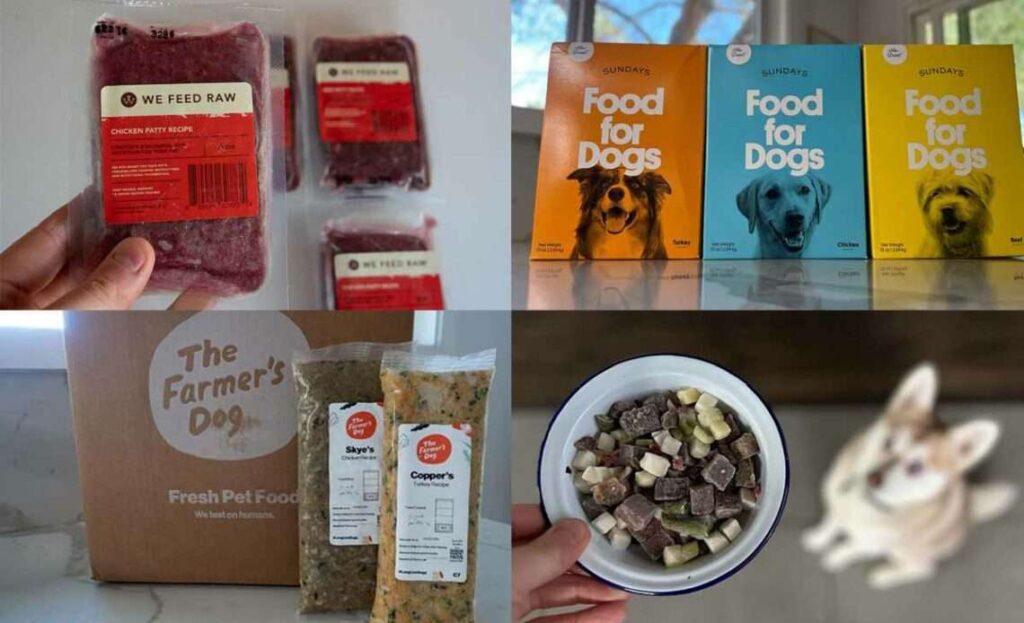
Dogs, our beloved furry companions, rely on us to provide them with the nourishment they need to thrive. While a balanced diet is crucial for their health and well-being, it’s also important to consider their enjoyment of meals. Just like humans, dogs can experience taste fatigue and may grow bored with eating the same food every day.
This article will delve into the importance of variety in dog food, exploring how it can combat boredom, prevent picky eating, and ultimately enhance your dog’s overall dining experience. We’ll discuss various aspects of dog nutrition, including protein sources, flavor options, and textural variations, providing you with valuable insights to keep your canine companion happy and satisfied at mealtime.
Dog Food Boredom
Imagine eating the same dish day after day – it wouldn’t be very appealing, would it? Dogs experience similar feelings of boredom when presented with a monotonous diet. Just as humans crave new flavors and experiences, dogs can tire of their regular food, leading to decreased appetite and even behavioral changes.
This boredom can manifest in various ways, such as sniffing at their food, leaving portions uneaten, or exhibiting increased begging for treats. When dogs are bored with their meals, they may lose interest in eating altogether, which can negatively impact their overall health and well-being.
By introducing variety into your dog’s diet, you can stimulate their taste buds, keep them engaged during mealtimes, and prevent the development of picky eating habits.
Picky Eating in Dogs

Picky eating is a common problem among dogs, often stemming from boredom with their food or underlying medical conditions. While some dogs may simply be more discerning eaters than others, persistent picky eating can lead to nutritional deficiencies and health issues.
If your dog exhibits signs of picky eating, such as refusing to eat their regular food, only consuming certain ingredients, or constantly searching for scraps, it’s important to consult with your veterinarian. They can help rule out any underlying medical conditions and provide guidance on addressing the issue.
Variety of Dog Foods
The world of dog food offers a wide array of options to cater to different dietary needs and preferences. From kibble to wet food, raw diets to homemade meals, there’s something for every canine companion.
Exploring various types of dog food can help break the monotony and introduce new flavors, textures, and nutritional profiles. Consider trying different brands, formulas (e.g., grain-free, limited ingredient), and even sizes of kibble to find what your dog enjoys most.
Protein Sources for Dogs

Protein is an essential nutrient for dogs, playing a vital role in muscle development, tissue repair, and overall health. When choosing dog food, pay attention to the protein sources listed on the label.
High-quality protein sources include chicken, beef, fish, lamb, and turkey. Look for foods that feature named meat proteins as the first ingredient, indicating a higher concentration of this essential nutrient.
Flavor and Texture Options
Just like humans, dogs have different flavor preferences and enjoy a variety of textures. Experimenting with different flavors and textures can keep mealtimes exciting and prevent boredom.
Consider trying dog food with savory flavors like chicken, beef, or lamb, as well as more unique options like salmon, duck, or venison. Explore different textures, such as crunchy kibble, soft wet food, or even freeze-dried treats, to cater to your dog’s preferences.
Conclusion
Providing variety in your dog’s diet is crucial for their physical and mental well-being. By switching up flavors, textures, and protein sources, you can combat boredom, prevent picky eating, and ensure that mealtimes remain enjoyable for your furry companion. Remember to consult with your veterinarian for personalized recommendations based on your dog’s individual needs and dietary requirements.
